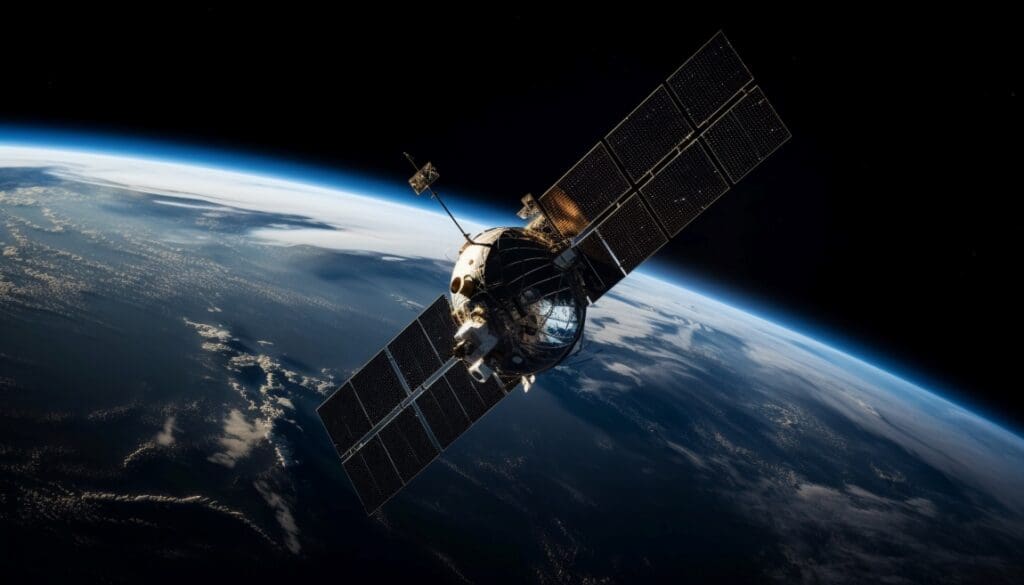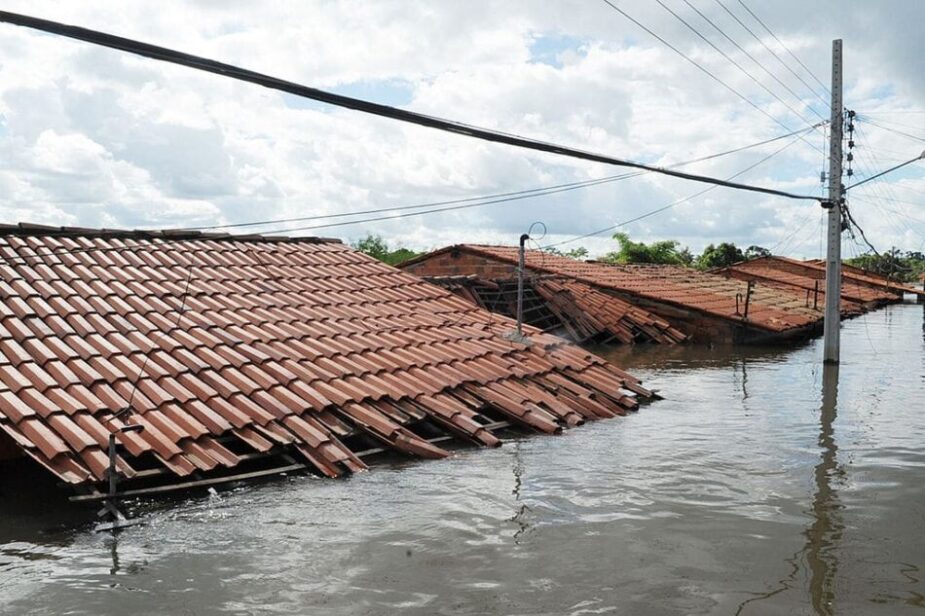By Mercator Research Institute on Global Commons and Climate Change (MCC)
Seven to nine billion tonnes of CO2 per year must be sustainably removed from the atmosphere by mid-century if the world is to comply with the 1.5°C Paris Agreement limit. This is highlighted in the second “State of Carbon Dioxide Removal” (CDR) report, the world-leading scientific assessment delivered by over 50 international experts. It was led by Oxford University’s Smith School of Enterprise and the Environment, with the Berlin-based climate research institute MCC (Mercator Research Institute on Global Commons and Climate Change) among the lead institutions.

“Although reducing emissions is the primary way to achieve net-zero, CDR has a critical role to play,” says Jan Minx, head of the MCC working group Applied Sustainability Science. “However, when scaling up carbon removal technologies, humanity must avoid jeopardising other goals like future food security, biodiversity, a clean water supply and safe habitats for indigenous peoples. So we have incorporated sustainability criteria into our analysis, which forms the basis of our final figure for a Paris-consistent range of CDR.”
Currently, just 2 billion tonnes per year are being removed by CDR, mostly through conventional methods like tree planting. Novel CDR methods – like biochar, enhanced rock weathering, direct air carbon capture and storage (DACCS), and bioenergy with carbon capture and storage (BECCS) – account for only 1.3 million tonnes per year, which is less than 0.1 percent of the total. Methods which are effectively permanent account for only 0.6 million tonnes per year, less than 0.05 percent of the total.
CDR has seen a rapid growth in research, public awareness and start-up companies, but there are now signs of a slowdown in development across multiple indicators.
“Deploying a diverse CDR portfolio is a more robust strategy than focusing on just one or two methods,” says Oliver Geden of the German Institute for International and Security Affairs (SWP). “Research, invention and investment in start-ups show diversification across CDR methods, but current deployment and government proposals for future implementation are more concentrated on conventional CDR, mainly through forestry.”
Steve Smith of the Smith School of Enterprise and the Environment, University of Oxford, says: “Given that the world’s decarbonisation is not on track to meet the Paris temperature goal, there is a need to increase investment in CDR as well as in zero-emission solutions across the board.” Of the overall investment in climate-tech start-ups, only 1.1 percent are for CDR.
The report notes that companies involved in this issue have high ambitions which, taken together, would drive CDR to levels consistent with the Paris Agreement. However, these ambitions have little credibility at present, and depend on a much stronger set of policies than currently exists. “Governments have a decisive role to play now in creating the conditions for CDR to scale sustainably,” Smith emphasises.
The report urges governments to implement policies that will increase demand for carbon removals. These should include embedding CDR policies within countries’ Nationally Determined Contributions (climate action plans under the United Nations Framework Convention on Climate Change) and developing better monitoring, reporting and verification systems.
At present, much of the demand for CDR is coming from companies’ voluntary commitments to buy carbon removal credits. Matthew J. Gidden, Senior Scholar at the International Institute for Applied Systems Analysis (IIASA) comments: “It is clear that delaying crucial emissions reductions only exacerbates the need for mitigation in the future. But the longer the delay, the more limited the role that sustainable CDR can play.”
More information: Smith, S., Geden, O., Gidden, M., Lamb, W., Nemet, G., Minx, J., Buck, H., Burke, J., Cox, E., Edwards, M., Fuss, S., Johnstone, I., Müller-Hansen, F., Pongratz, J., Probst, B., Roe, S., Schenuit, F., Schulte, I., Vaughan, N., Anadon, L., Arcusa, S., Bellamy, R., Cowie, A., Dayathilake, L., Engelmann, T., Ganti, G., Gasser, T., Grassi, G., Greene, J., Hasegawa, T., Hofbauer, V., Hoffmann, V., Höglund, R., Honeborg, D., Kennedy, K., Lück, S., Repke, T., Mercer, L., Odeh, N., Ochi, Y., Pilli, R., Roman-Cuesta, R., Strefler, J., Surana, K., Sugiyama, M., Schell, K., Schwingshackl, C., Smith, H., Toetzke, M., Thomas, Z., Walsh, N., Zaiser, A., Zheng, Q., The State of Carbon Dioxide Removal – 2nd Edition. MCC – Press Release. Featured image credit: Pixabay | Pexels




